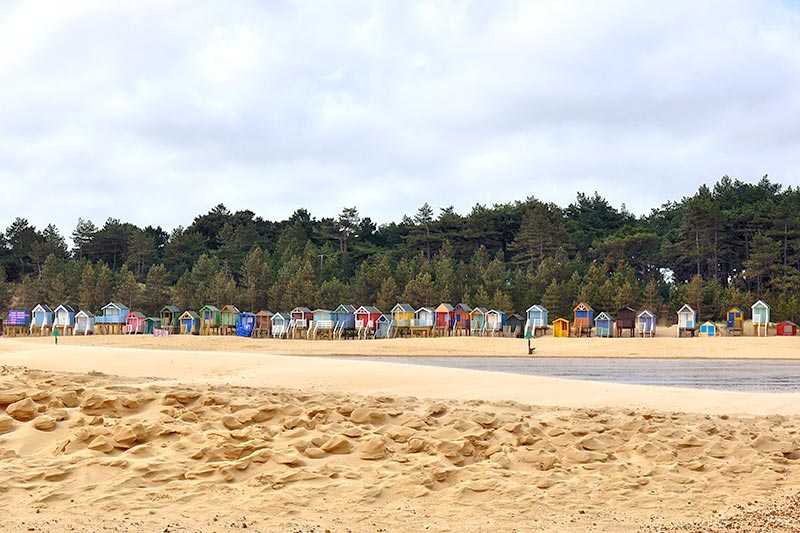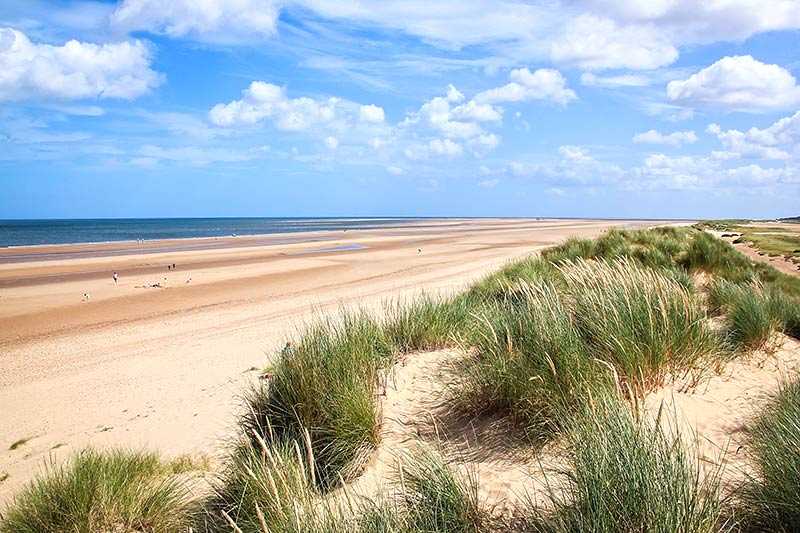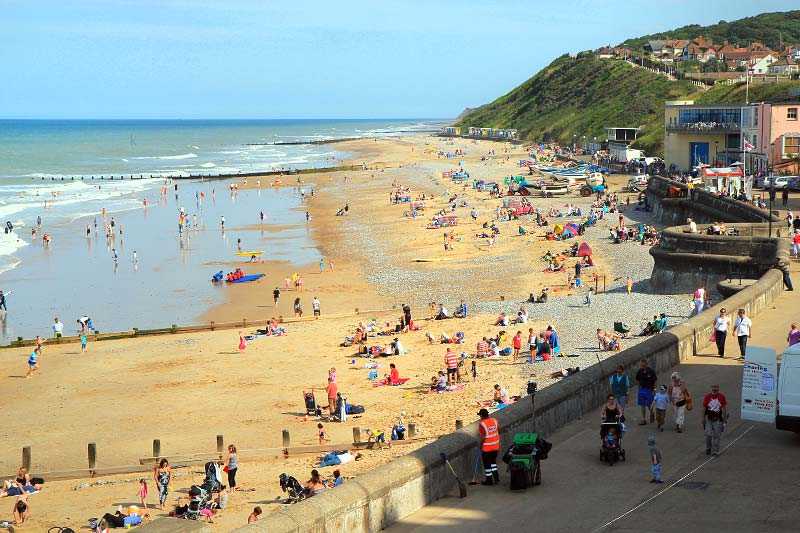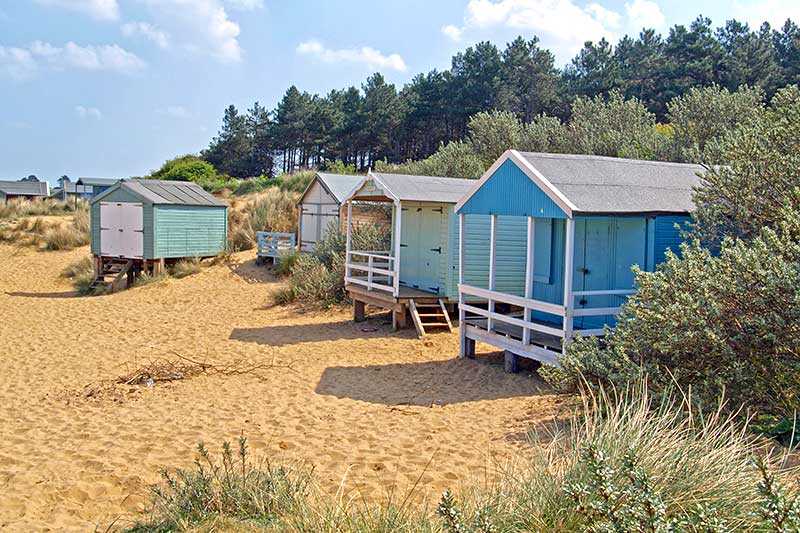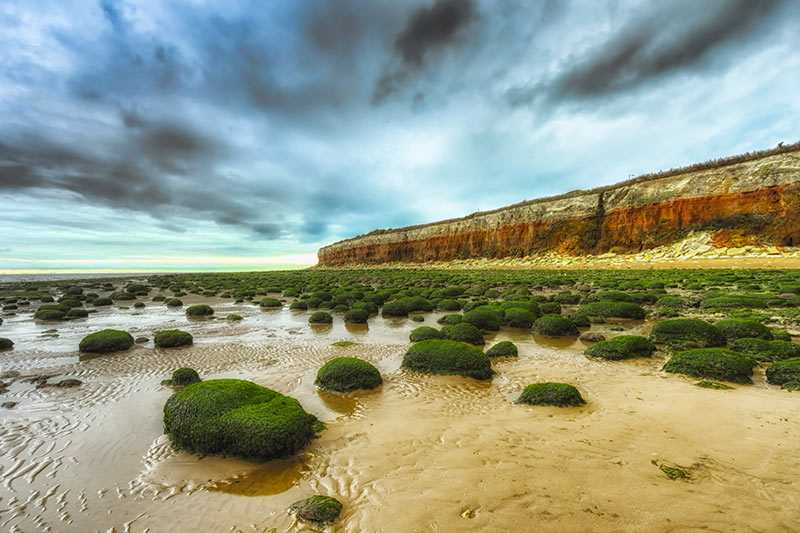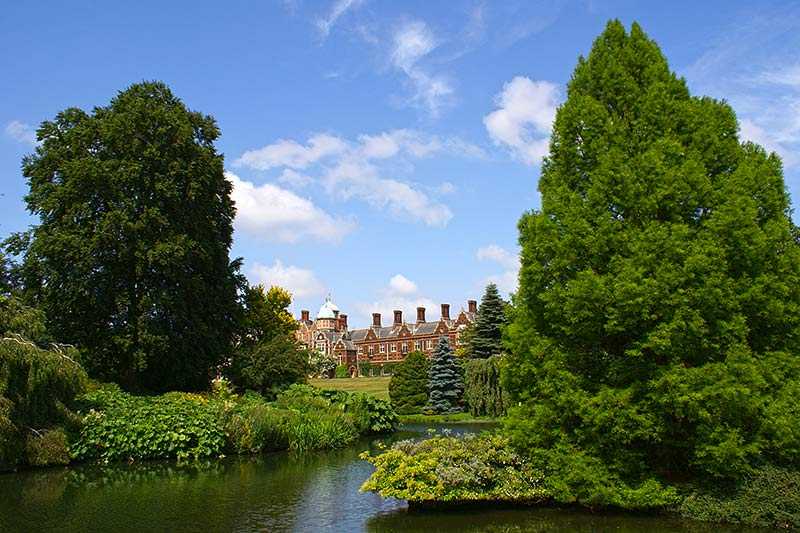Norfolk Coast AONB
About Norfolk Coast AONB
The Norfolk Coast is one of 41 designated Areas of Natural Beauty in England and Wales. It was designated in 1968 and has a total area of around 450 km2, prote...
About Norfolk Coast AONB
The Norfolk Coast is one of 41 designated Areas of Natural Beauty in England and Wales. It was designated in 1968 and has a total area of around 450 km2, protecting both the wildlife and cultural heritage of nearly 100 km2 of coastline, cliffs, marshes, dunes and agricultural land, extending at some points up to 6 km inland.
As well as the natural...
Things to do near Norfolk Coast AONB
Attractions near Norfolk Coast AONB
Activities
About Norfolk Coast AONB
About Norfolk Coast AONB
The Norfolk Coast is one of 41 designated Areas of Natural Beauty in England and Wales. It was designated in 1968 and has a total area of around 450 km2, protecting both the wildlife and cultural heritage of nearly 100 km2 of coastline, cliffs, marshes, dunes and agricultural land, extending at some points up to 6 km inland.
As well as the natural beauty of the landscape, the site also has scientific importance for biologists, geologists and those studying climate changes.
Landscape and Wildlife
A notable part of the area is the long coastal strip running from west to east. This preserves the remote coastal marshes, a constantly shifting landscape of sand and mud flats, dunes, shingle, saltmarsh and grazing marsh, and reed beds. This area is of particular importance for its internationally important bird life, which feed all year round here. Reed beds are home to communities of marsh harriers, a species even rarer than golden eagles in the UK, and in winter, nearly 40% of the world’s pink-footed goose population visit the mudflats en route from Iceland and Greenland.
Exploring the Coast
There are over 300 km of public rights of way within the designated Area Of Natural Beauty, most with accessible footpaths, making even the remoter area of the site easily reached by those wishing to explore the less tourist-visited parts. Some of this land is predominantly agricultural and features old farm buildings and windmills. Another key area is the esker at Blakeney, a Site of Special Scientific Interest in its own right: this is the only formation of its kind in the UK to have been quarried, allowing geologists to study its formation and the effects of climate change over thousands of years.
The landscape in the area is constantly evolving due to tidal erosion and climate change (including rising sea levels); and even the increasing number of visitors to the area is having an effect, which the area’s protectors are aiming to combat through education and awareness raising.
